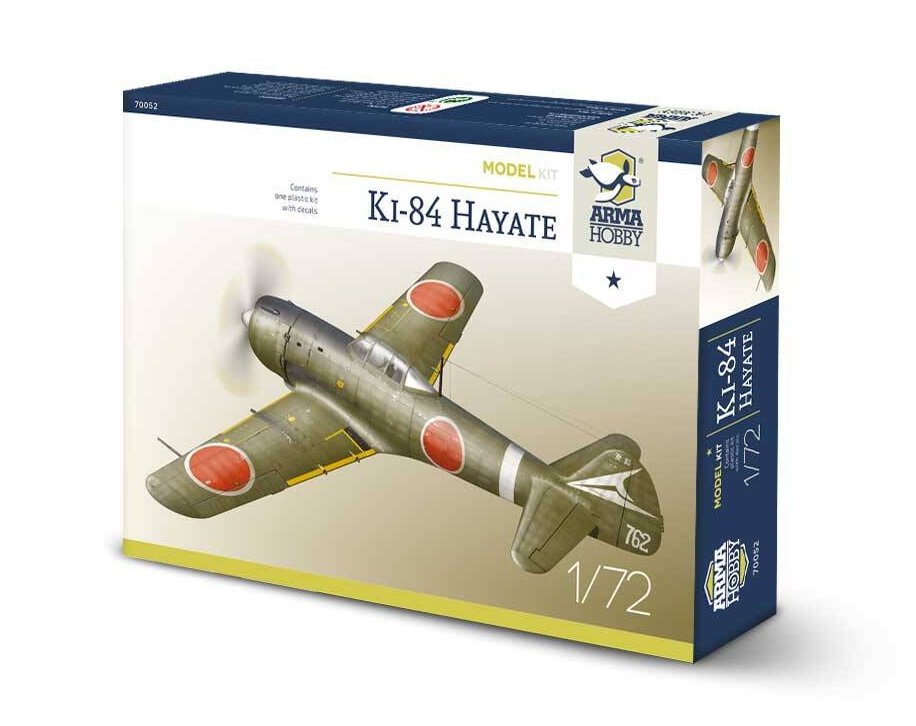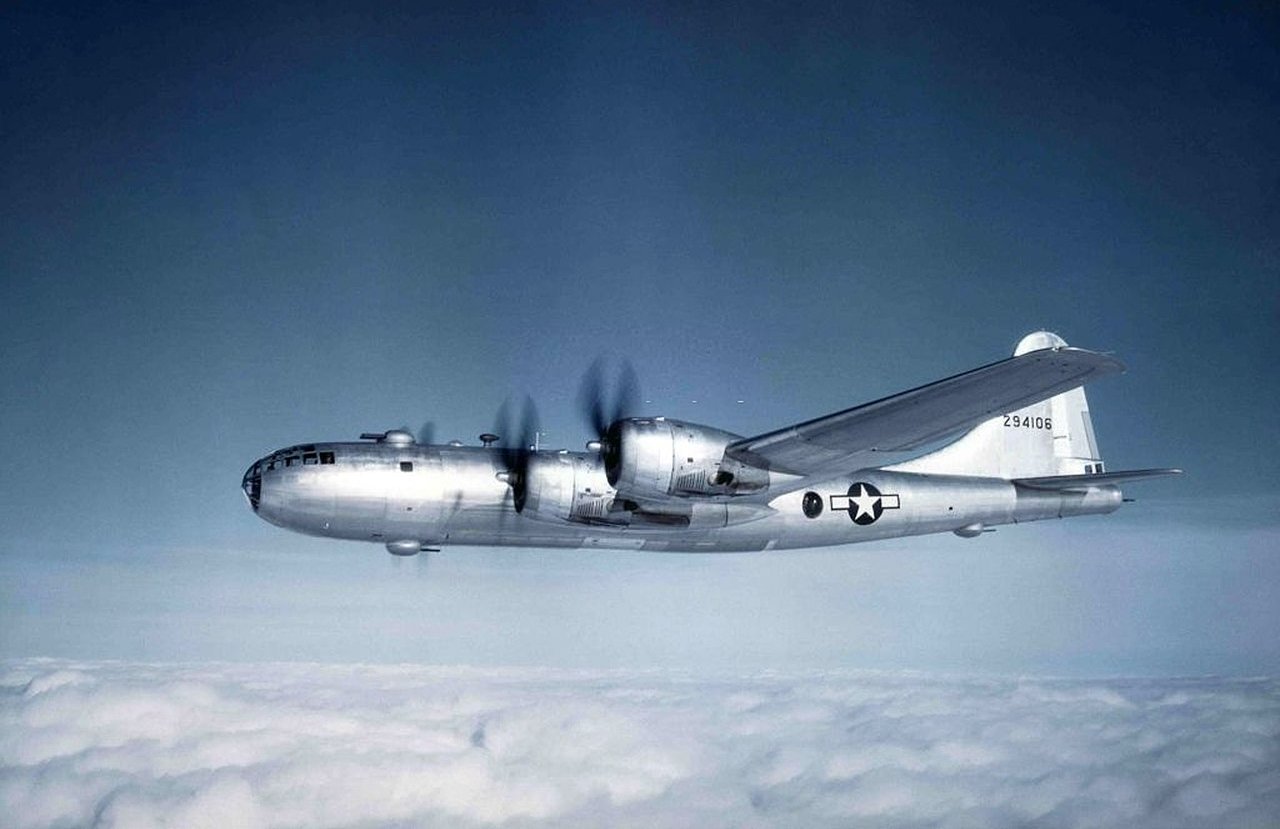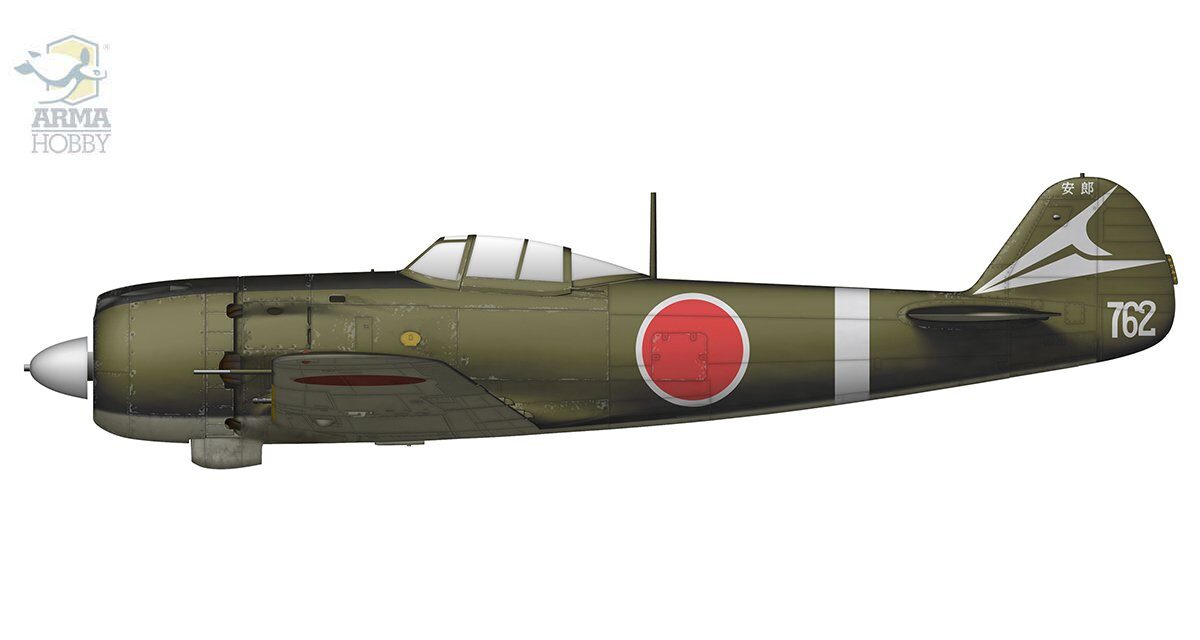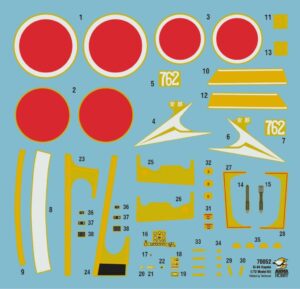The Nakajima Ki-84 Ko Hayate with the white tactical number 762 is usually described as a late production series. Strictly speaking, it represents precisely the centre of the Hayate line. The tactical number (by the common practice used in IJAAF units) is the end of the serial number, in this case, s/n 1762. Considering that the total number of Ki-84 produced (including prototypes and information series machines) is estimated at just over 3,500 pieces, we clearly get the “middle”. From the modelling point of view, we also have another tip here – s/n lower than 2000 means that the plane had an earlier, slightly smaller variant of the oil cooler.
The marking on the tail shows that our protagonist belongs to the 112th Sentai, one of the last classic fighter units of the Japanese Army Aviation created before the war’s end and the last one to be equipped with Ki-84 machines. Since the origin of the 112th creation illustrates several phenomena related to Japanese air defence in the final months of World War II, it is worth paying some attention to it.
The 112th Sentai is born
In one of the previous articles, I described the story of Hayate “red 29” originally belonging to the training unit (marking scheme included in the Arma Hobby # 70051 Expert Set) and – in general – the training system of the Army Aviation personnel.
The real pearl in the crown of this system was the Akeno Aviation School (Akeno Hiko Gakko). Akeno was the nest, forge, and the true heart of the Army’s fighter pilot training. If we wanted to look for an analogy to the Polish military aviation, it would be the equivalent of the Dęblin “School of Eaglets”. The subsequent years of the war and the rapidly growing demand for well-trained pilots made the facility develop very dynamically. However, in early 1944, the base had reached its absolute limit for further expansion. Therefore, its branch was established on June 20, 1944 – the Aviation Training Department in Hitachi. The new entity did not have to start from scratch. The core of the staff was a group of excellent instructors (delegated from Akeno), supported by several veterans of fights in China and Burma. The unit also received an initial pool of Ki-43 Hayabusa, Ki-44 Shoki and Ki-61 Hien aeroplanes but soon specialised in training on the Army’s newest fighters – Nakajima Ki-84 Hayate. From then on, it also gained organisational independence, becoming a full-fledged Hitachi Aviation School (Hitachi Hiko Gakko).
Although the statutory activity of the facility was the training, the development of the situation on the fronts brought it closer to strictly combat operations. In the late fall of 1944, as ordered by the Headquarters, Hitachi organised the so-called Combat Instructor Flights – formations that, if necessary, support the full-time air defence Sentais in their fights against the B-29 and US Navy/USMC carrier-based aviation. In the spring of 1945, many Hitachi alumni and trainees also took part in suicide attacks on the Allied fleet in the Battle of Okinawa. The loss of Okinawa became a clear signal that the invasion of the home islands was near. The Japanese command, therefore, decided to disband the aviation training units (as it was assumed – only until the invasion was repelled) and to create regular squadrons and fighter groups from their crews and trainees (airmen at a lower level of training were to join the newly created suicide formations). By order of July 10, 1945, the Akeno and Hitachi schools were formally dissolved to form the 111th and 112th Sentai, respectively.
Ki-84 Hayate – galeria premierowa – Wojtek Bułhak i Marcin Ciepierski
112th Sentai – organisation and combat
The new unit achieved full combat readiness in less than a week. This is hardly surprising given the equipment and well-trained staff at hand. Its equipment consisted mainly of Ki-84 fighters, supplemented with a few new Ki-100 machines (Akeno’s ‘sister’ 111th Sentai had the overwhelming majority of Ki-100 and a few Ki-61 machines). Major Hidemi Yusuhara headed the 112th, and the new home was Nitta Airport in Gunma Prefecture in the capital’s Kanto region. As the function of the Sentai commander was primarily administrative, the unit’s command in the air rested with the operations officer. This position was taken by the pilot of our protagonist, the current commander of the 1st Chutai, Captain Yasuro Masaki – an experienced air combat instructor and a former member of the Hitachi combat flight. The leadership of the orphaned 1st Chutai was entrusted to another instructor, Captain Shigeru Tsuruta.

Nakajima Ki-84 Ko Hayate fighters of 112th Sentai command flight (112th Sentai Hombu)
At this point, I will refer to the attached photo, showing three Ki-84 Ko planes at the Nitta airport. Here we see Hayate “white 762” (s/n 1762) of Captain Masaki, and in the back, “White 62” (probably s/n 1962) of Captain Tsuruta. Due to the functions performed by their pilots, both planes were part of the Sentai Hombu (unit’s command flight), and this is how they are often described in publications. According to the IJAAF taxonomy – they should have a blue marking on the tail and appropriate elements of functional markings. Here, however, the markings are white (colours of 1st Chutai), and the paintwork does not differ in anything other than the tactical number and the ideograms at the top of the fin (names of the pilots). This clearly proves that in the last weeks of the war, some units did not pay much attention to the “regulation” distinction of their command planes (although the 111th Akeno Sentai diligently took care of similar details until the end of the war). The second element that stands out is the lack of white bands under the Hinomaru, so typical of Japanese home defence units. In the summer of 1945, the painting of these markings was abandoned entirely. After the fall of Okinawa (and, in fact, already during the battle), every Japanese plane based on the home islands was, in fact, an element of Japan’s home defence. Therefore, the use of bands on Hondo Boei Butai units has lost all sense.

To (short) action…
The hopes of the 112th pilots for an immediate strike on the enemy with the full power of the Sentai turned out to be in vain. The new orders clearly required restraint in carrying out actions on a larger scale. There were two main reasons for this. First of all – the command wanted to maintain maximum strength during the invasion itself. The B-29 raids that plagued the country did not seem so relevant anymore, as the “silver beasts” ran out of targets worthy of bombing. The Superfortresses now operated mostly at lower altitudes (which fit the capabilities of the Ki-84 as much as possible), but … surrounded by swarms of P-51D Mustang fighters from Iwo Jima. The second reason was the permanent lack of fuel. Frequent patrols, or even occasional operations of the entire Sentai, threatened to quickly deplete supplies and ground a large number of the remaining forces. Given these difficulties, the unit’s only air combat was a significant achievement. On August 10, 1945, taking advantage of the favourable cloud cover, four Hayates of the 112th Sentai sneaked near the oncoming B-29 formation of the 314th Bombardment Wing. The skirmish was as violent as it was short. Before the slightly belated escorting Mustangs could move into action, the Japanese fighters fled into the clouds and returned to Nitta without loss.

Boeing B-29 Superfortress
…for the last victory
As a result, one “B-san” was reported to be shot down and two more slightly damaged. A reliable assessment of the effects of this duel is very difficult. The 314th BW lost two bombers in this mission, but their loss was attributed to malfunctions. It is worth noting, however, that the US reports of the B-29 operation have been far from the truth. Many machines damaged by fighters or anti-aircraft artillery (and later lost on their way back to the Mariana Islands) were recorded as “technical losses”. Such a somewhat “creative” approach to reports allowed for downplaying the threat in the eyes of the public while at the same time providing a tool for putting pressure on Boeing’s plants to make the recommended improvements. The problems with overheating and fires of the B-29 engines were no secret to anyone, and the USAAF did not hesitate to exert a similar (not entirely fair) pressure on the manufacturer. Either way, in its only 4-week history, 112th Sentai recorded success, although it is difficult to say to whom the victory belonged. It is very possible that among the four Hayate, there were captains Masaki and Tsuruta (or at least one of them), but most of the documents of the unit were destroyed before the invasion of the occupation forces, and I was unable to establish the personal details of the participants of the fight.
See also:
A lover of strong coffee and dark chocolate, incurable optimist, romantic and dreamer, economist by education, historian and modeller by passion. From time immemorial he has been fascinated with aviation in every variety and form. For many years, he has been paying special attention to all aspects of the activities of the Army and Navy Aviation of the Land of the Rising Sun.
This post is also available in:
 polski
polski








